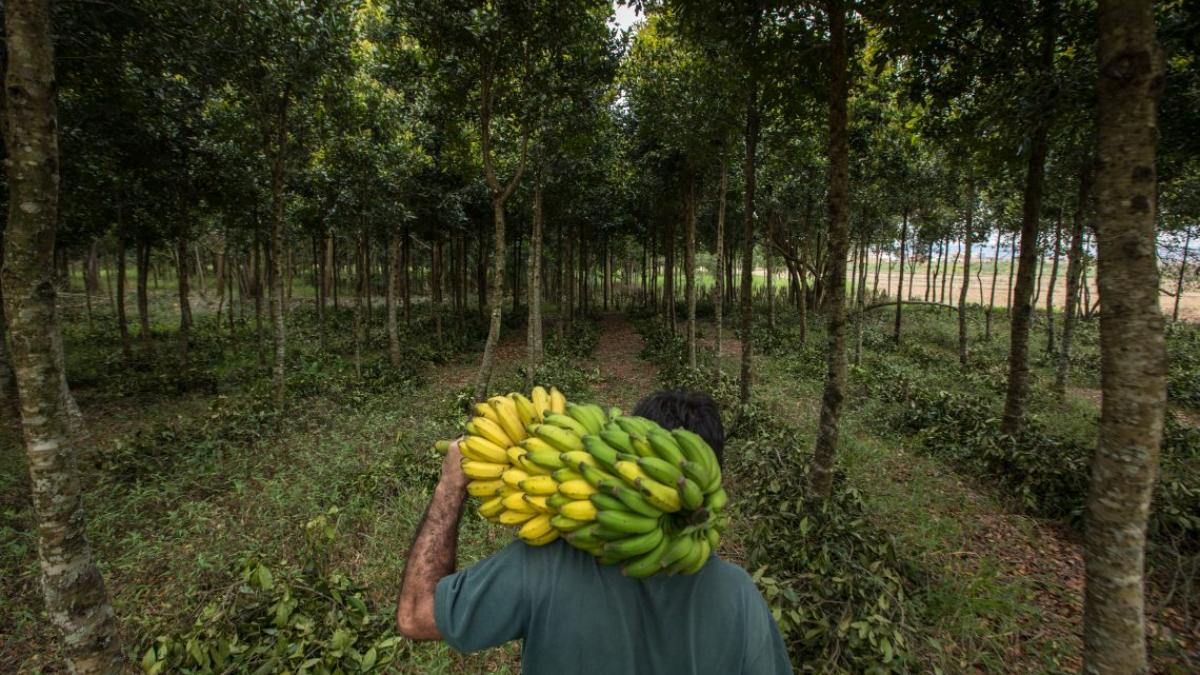Farmers struggling to adapt to rising temperatures in tropical regions can unleash the benefits of natural cooling, alongside a host of other wins, simply by dotting more trees across their pasturelands. For the first time, a study led by the University of Washington puts tangible numbers to the cooling effects of this practice.

Researchers at the UW and The Nature Conservancy, along with Duke University, the University of California San Diego and Stony Brook University Hospital, find that adding trees to pastureland, technically known as silvopasture, can cool local temperatures by up to 2.4 C (4.3 F) for every 10 metric tons of woody material added per hectare (about 4 tons per acre) depending on the density of trees, while also delivering a range of other benefits for humans and wildlife.
The paper was published Feb. 4 in Nature Communications.
“The idea is that planting additional trees within certain pasturelands in the tropics could simultaneously preserve shade and cooling services, support carbon storage and contribute to human and ecosystem health,” said Dr. June Spector, a coauthor of the study and associate professor in the UW Department of Environmental & Occupational Health Sciences.
“The way in which lands are used has implications for human health and safety,” said first author Lucas Vargas Zeppetello, who did this work as a UW doctoral student in atmospheric sciences. “Our past studies demonstrated how deforestation can increase local temperatures to unsafe levels. Here, we show that planting additional trees on low-latitude pasturelands can provide substantial cooling benefits, highlighting one pathway for adding further resilience to the rising heat being experienced in these settings.”
Read the full story here.
_0.jpg)




